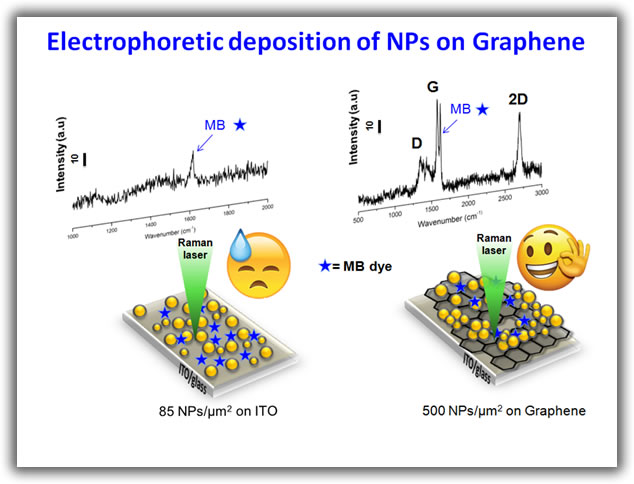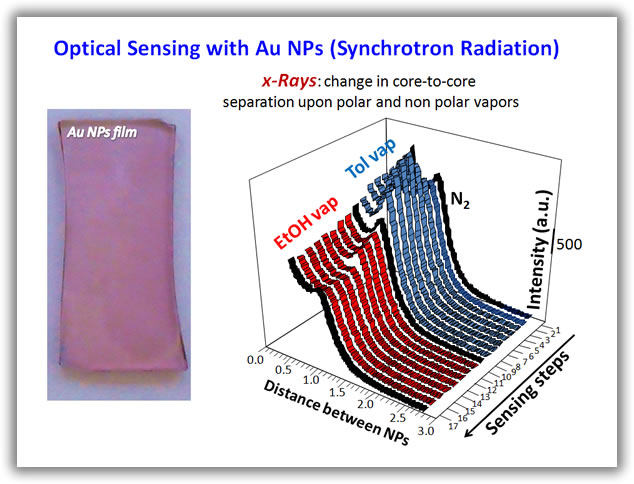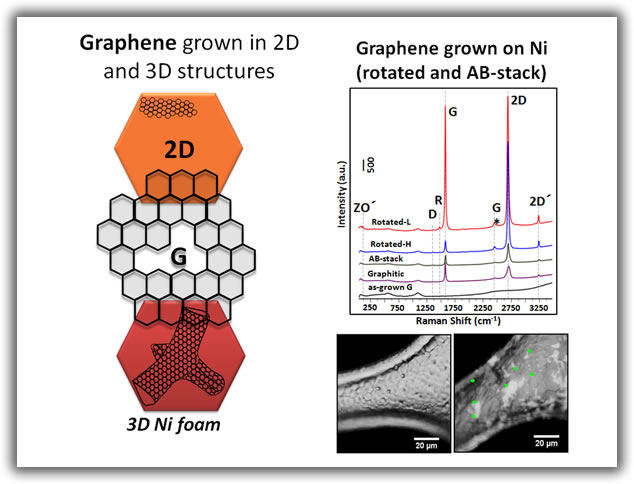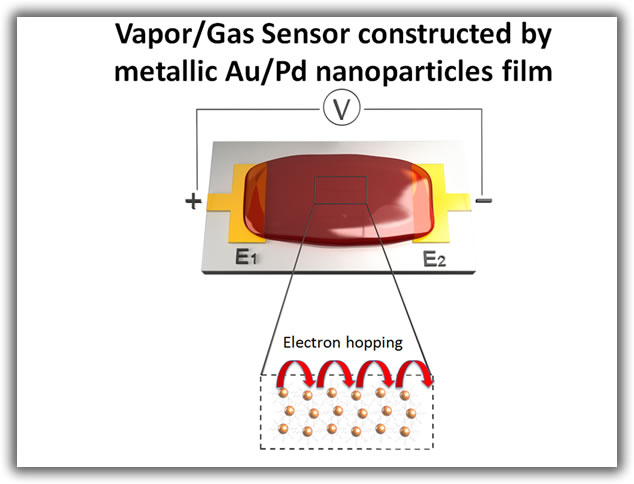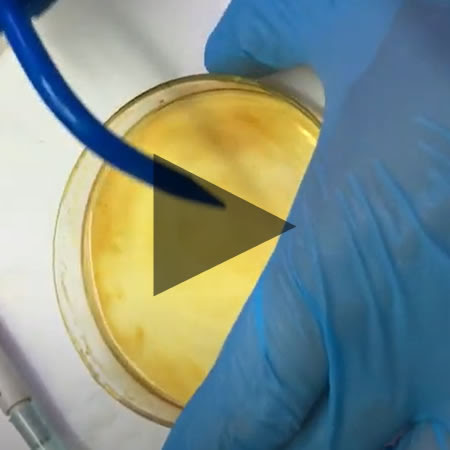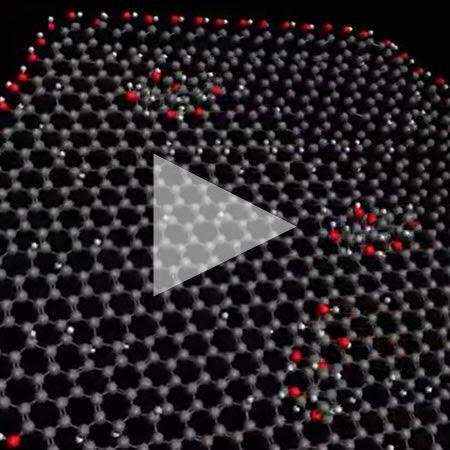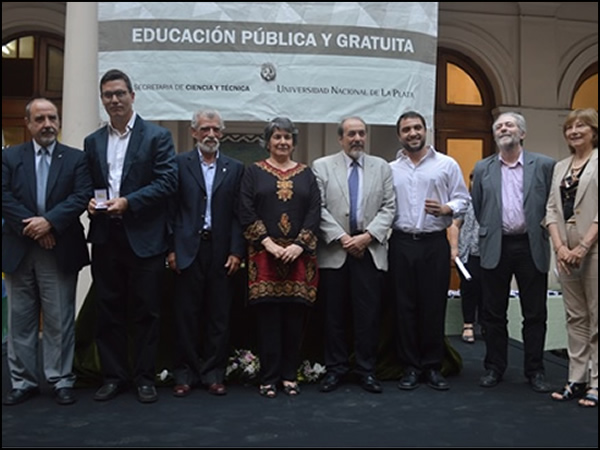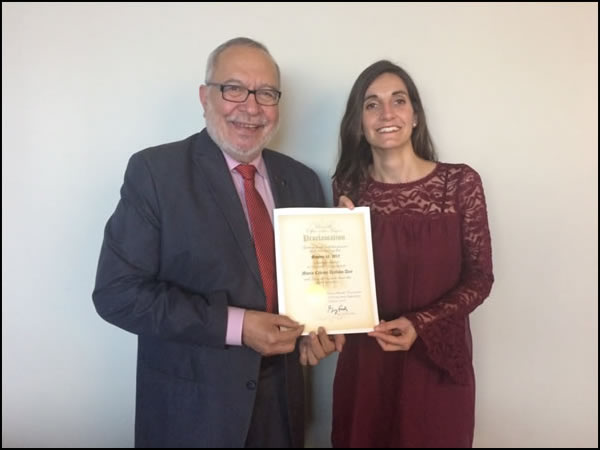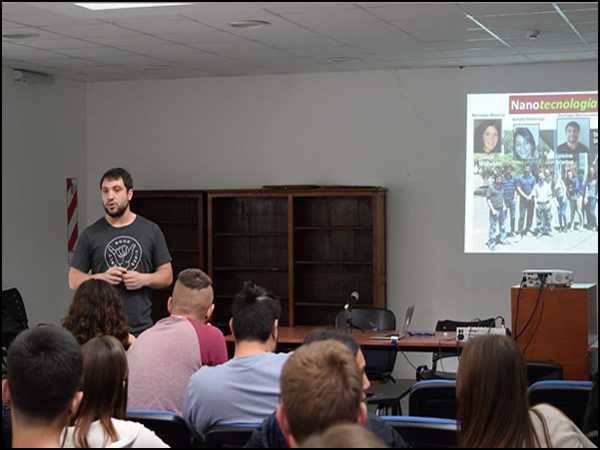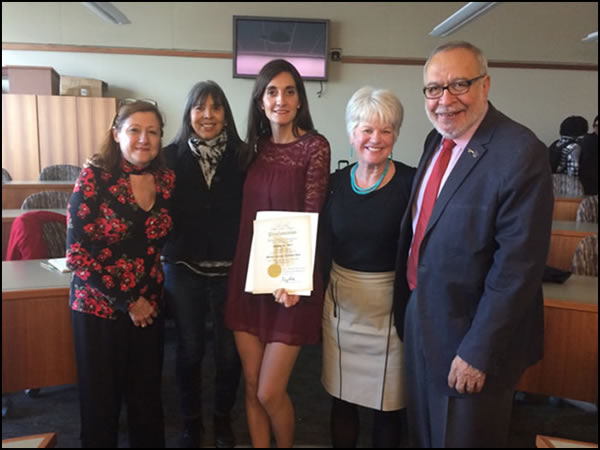
Francisco J. Ibañez Obtained his Bachelor degree in Chemical Engineering at Universidad Tecnológica Nacional (UTN), in Mendoza, Argentina in 2000. He performed environmental studies in Japan at the University of Hiroshima in 2000. In 2001, He joined Prof. Zamborini’s group at the University of Louisville (Kentucky, USA) where he obtained a PhD with honors in Chemistry. He was invited in 2008 to return to Argentina under the Dr. Salvarezzas´group. His currently a Professor at the Engineering School in the area of Materials Engineering at the Universidad Nacional de La Plata (UNLP) and Adjunct Researcher at the Instituto de Investigations Físicoquímicas Teóricas y Aplicadas (INIFTA-UNLP-CONICET), La Plata, Buenos Aires, Argentina as a coordinator in the Sensing and Electrocatalysis Group. His research focuses on electronic and optical properties of organic-modified nanoparticles graphene and their use in sensing, detection, and energy-related applications.
NANOSCIENCE
The Nanoscience and Nanomaterials bring about a great deal of interest due to their size-dependent properties. Perhaps one of the most appealing properties relays on electron transport via electron hopping and light absorption by plasmons. For instance, small Au nanoparticles, dispersed in a solvent, absorb light in different electromagnetic spectra depending on their size. Macroscopic metals expand their lattice upon high temperatures however, graphene (a bidimensional honeycomb arrangement of carbon atoms) has demonstrated to decrease its lattice upon annealing.
SENSORS AND ELECTROCATALISIS
The group develops chemical syntheses to obtain metallic nanoparticles, graphene (via CVD method), and graphene quantum dots (GQDs) from a graphene foam. We are interested in studying their phychem properties to better understand later their mechanisms toward some applications such as SERS, LSPR, sensing, molecular sensing, and the design of smart photoanodes. We are in close collaboration with Drs. Gabriela Lacconi at INFIQC in Córdoba, Rodolfo Wuilloud in Mendoza, Martín Bellino in Buenos Aires (CNEA), Lorena Picone and Rosana Romano in La Plata at CEQUINOR, and Frank Zamborini at the University of Louisville (EE.UU.).
WORKGROUP
María Elisa Martins (researcher)
Ángel Catalá (researcher)
David Muñetón Arboleda (researcher)
Santiago Barrionuevo (Doctoral Fellow)
Analy Cruz Sotolongo (Doctoral Fellow)
Former fellows and Postdocs
María Mercedes Messina (Doctoral Fellow)
Celeste Dalfovo (Doctoral and Post-doctoral fellow)
David Muñetón Arboleda (Post-doctoral)
Pablo Fernández (Post-doctoral)
Estefanía Martins (Post-doctoral)
GRAPHENE AND GRAPHENE QUANTUM DOTS
INIFTA
TEAM AND AWARDS







